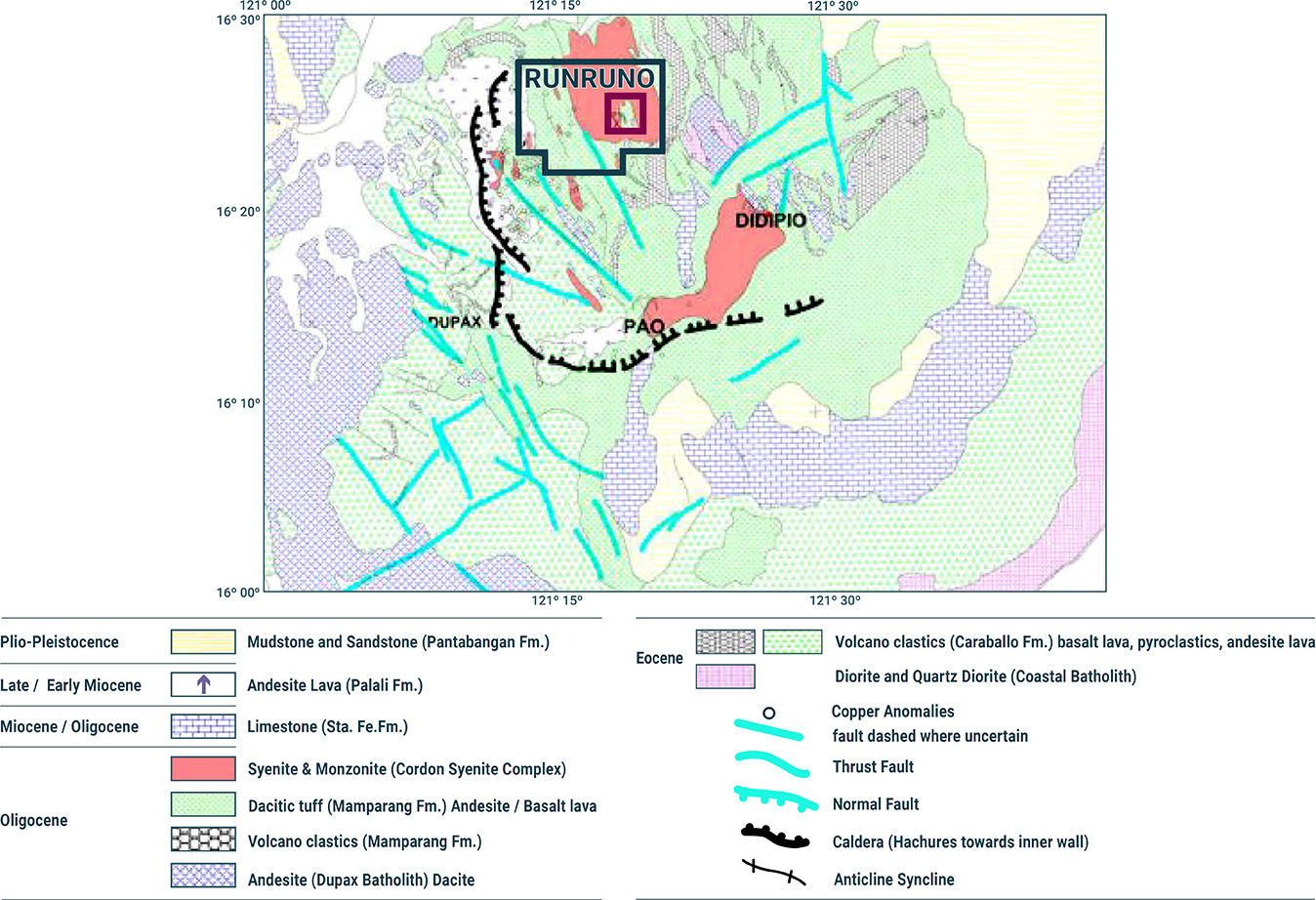Runruno project resides within the Caraballo district, whose geology largely consists of pre-Cretaceous to Early Cretaceous basement rocks consisting of ophiolite and schist underlying Late Cretaceous to mid-Miocene age volcanics, volcanoclastics and sedimentary rocks. The strata are intruded by the Upper Miocene Palali – Cordon Complex which is overlaid by Pleistocene lava flows, pyroclastics, marine sediment and Pliocene Matuno Formation.
Structurally speaking, the region is largely cut north south and moderate to shallowly dipping extensional structures. The area also has NW-trending, steep crosscutting arc-parallel faults which are interpreted as strike slip features. The area has undergone intrusion and uplift subsequent to and during the formation of the Palali-Cordon Alkali Intrusive Complex and is interpreted as an intra-arc basin.





